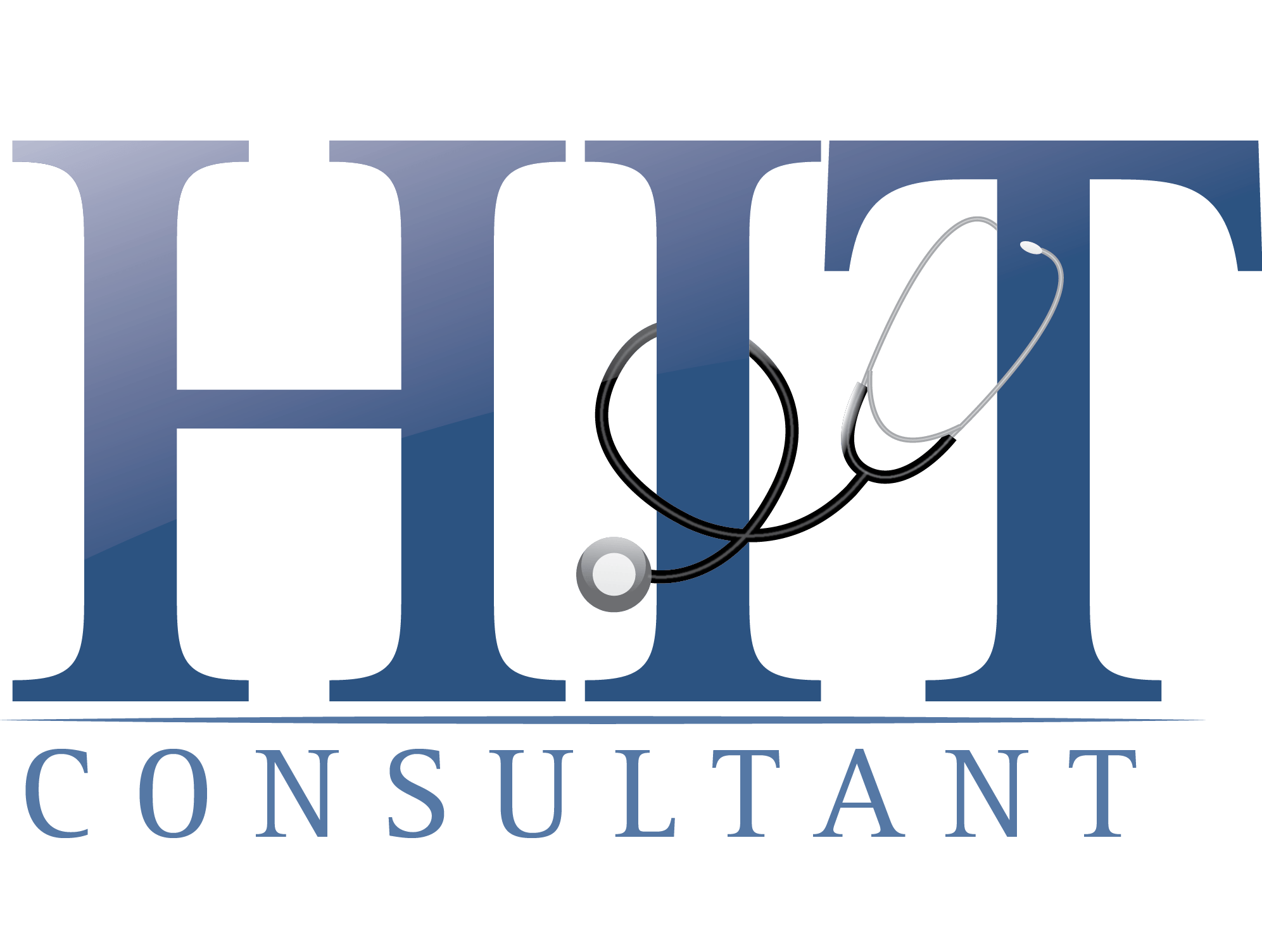
What You Should Know:
– On November 15, 2025, the Centers for Medicare and Medicaid Services (CMS) will begin notifying 742 hospitals and health systems of their 2026 pricing targets and quality scores for the Transforming Episode Accountability Model (TEAM).
– CMS issued a final rule in July codifying the TEAM model, which aims to reduce costs and improve the quality of outcomes for millions of Americans.
TEAM Model
The model focuses on the five highest-spend surgical procedures in Medicare, which currently cost $19.2B annually:
- Lower Extremity Joint Replacement (LEJR)
- Spinal Fusion
- Coronary Artery Bypass Graft (CABG)
- Major Bowel Procedures
- Hip/Femur Fracture Treatment
Starting January 1, 2026, participating hospitals will have the sole responsibility to coordinate and pay for entire episodes of care, aligning payment with outcomes, efficiency, and coordinated care.
Financial Upside: Over $100M in Potential Savings and Incentives
The TEAM model is not just about compliance; it offers a significant financial upside for participating facilities. Hospitals and health systems have the potential to earn up to 20% in increased revenue from existing lines of service, yielding more than $100 million in total cost savings per facility.
The financial rewards and penalties assessed by CMS at the end of each performance year are based on a new composite quality score, which factors in:
- Geographic region
- Historic spending
- Adjustments for case mix
- Performance on certain measures
Eddie Qureshi, CEO and Founder of Rainfall Health, stressed the magnitude of the opportunity: “What most hospitals and health systems aren’t realizing is the potential that TEAM brings to generate billions of dollars in incentive payments”. This is particularly true for those selecting Track 3 in 2026 and the 80% of facilities that will be in Track 3 starting in 2027.
Technology as the Compliance Backbone
To meet the stringent TEAM requirements, which demand near real-time data infrastructure, health systems must collect, standardize, and report patient outcomes in ways that cannot be done manually. Hospitals leveraging technology and AI tools are positioned to reap the benefits of the incentive payments.
Dr. David Shulkin, former VA Secretary and Sanford Health Board Member, noted the model’s importance: “This model is giving us a new chance to leverage technology and AI successfully… and encouraging hospitals to align financial incentives with quality patient outcomes”.

